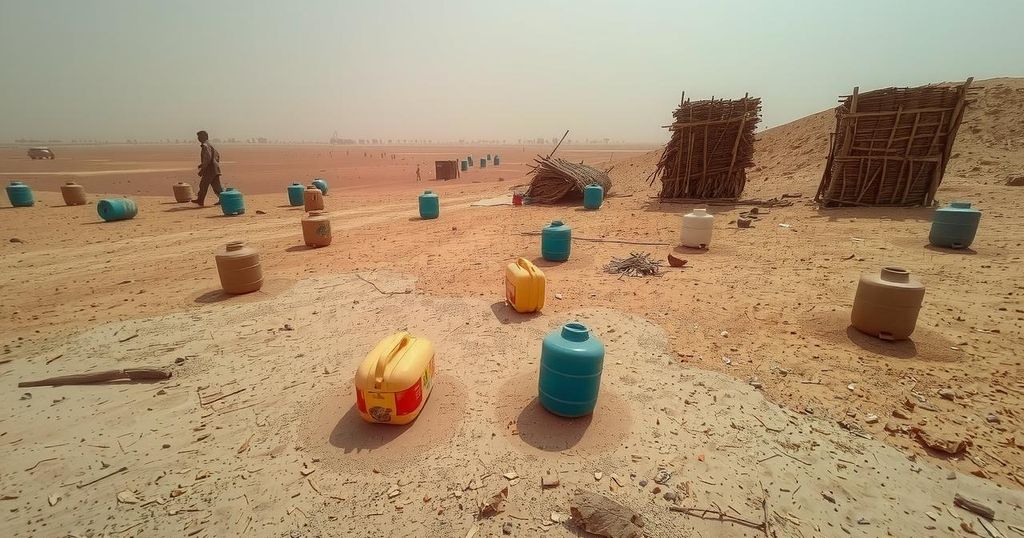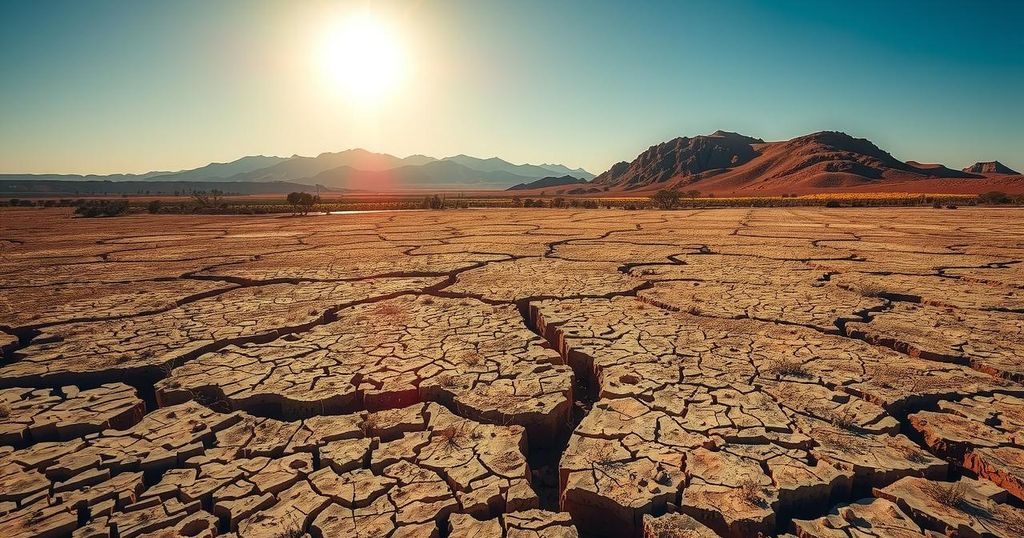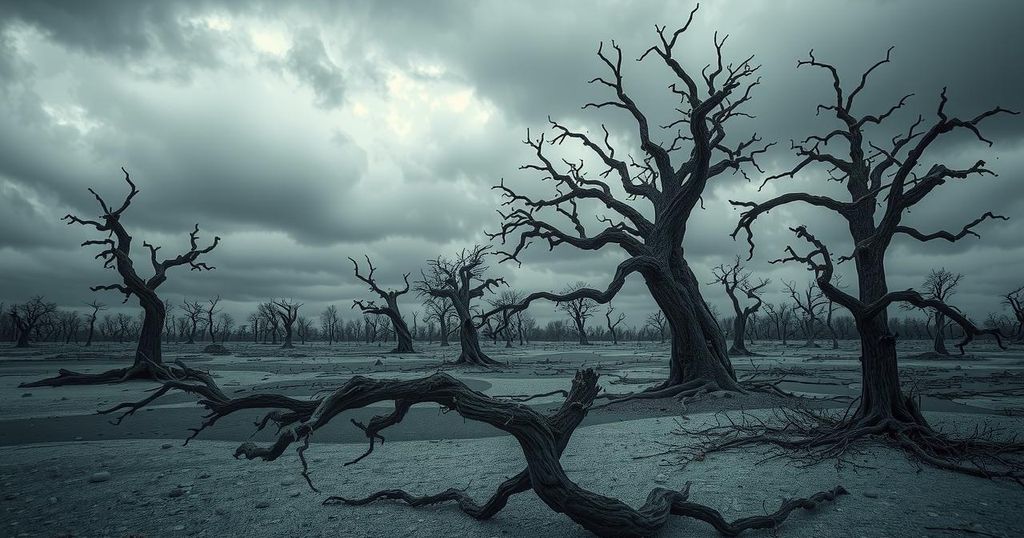Climate change
AFRICA, ANTONIO IORIS, CAIRO, CARDIFF, CATALINA NAUPA, CLIMATE CHANGE, EGYPT, FOOD SECURITY, INSTITUTE FOR DEVELOPMENT RESEARCH, JEREMY ROBERT, NATIONAL INSTITUTE OF STATISTICS AND COMPUTER SCIENCE, NATURAL DISASTERS, NICOLAS REYES, NORTH AMERICA, PERU, POLLUTION, SE, SEDAPAL, SOUTH AMERICA, SURFING, UNITED STATES, UNIVERSITY, WALES
Marcus Li
0 Comments
Access to Water in Lima: A Struggle for the Poor
In Lima, Peru, over 635,000 residents live without running water, relying on infrequent deliveries from tanker trucks. Although the city is surrounded by natural resources, the lack of rainfall and poor infrastructure pose significant challenges. Many households receive only 30 liters of water daily, far below the UN’s recommendations, as the wealth disparity sharply contrasts between neighborhoods. Climate change and urban planning issues further exacerbate the situation, necessitating immediate governmental action.
In the arid hills surrounding Lima, Peru, access to running water remains an elusive dream for many residents, who rely on tanker trucks for their weekly supply. Lima, with a population exceeding 10 million, is the world’s second-largest city situated within a desert environment, following Cairo. Although bordered by the Pacific Ocean, the Andes mountains, and possessing three rivers, the city’s rainfall is minimal.
The National Institute of Statistics and Computer Science reports that over 635,000 Lima residents lack access to running water. Many of these individuals reside in informal settlements atop the city, areas often neglected by existing water and sewer infrastructure. In the San Juan de Miraflores district, blue tanker trucks deliver water—sometimes only once weekly—dropping it in large drums along dusty roads, posing significant hygiene issues.
Residents such as Catalina Naupa, 59, have expressed health concerns, citing stomach cramps and the presence of worms in the water tanks. During the winter months, some areas become inaccessible due to muddy conditions, further complicating the collection of water. Nicolas Reyes, from the city’s water utility, mentions that families receive only about 30 liters (eight gallons) of water per person per day—well below the 50-100 liters recommended by the United Nations.
Year on year, the water utility anticipates potential rationing as the rainy season approaches, amid fears that reservoirs may not fill adequately, as noted by Jeremy Robert from the Institute for Development Research. Climate change is predicted to exacerbate water scarcity by diminishing mountain water levels and river flows, according to geography expert Antonio Ioris.
Ioris asserts that the problem extends beyond natural factors; it highlights a lack of governmental focus on ensuring water access for impoverished communities. Poor urban planning and rural migration issues also contribute to the dire situation facing residents. In certain areas, access points for water delivery are inaccessible due to steep, rugged terrain, increasing reliance on expensive alternatives that could cost residents six times more than those connected to the main utility grid.
In some neighborhoods of San Juan de Miraflores, concrete staircases lead to isolated spaces where tanker trucks cannot deliver water. In one such area, a substantial concrete barrier, often referred to as the “wall of shame,” visually divides wealth and poverty, separating impoverished communities from affluent ones. On the affluent side, in Santiago de Surco, the water consumption rate averages 200 liters per person daily, contrasting sharply with the scarcity experienced just blocks away.
The struggle for access to running water in Lima illustrates a stark contrast between rich and poor communities, exacerbated by environmental challenges and inadequate urban planning. With many residents relying on infrequent and contaminated water deliveries, improvements in policy and infrastructure are urgently required to address this critical public health issue. As climate change threatens further water scarcity, urgent action is imperative to ensure equitable access for all Lima residents.
Original Source: www.france24.com




Post Comment